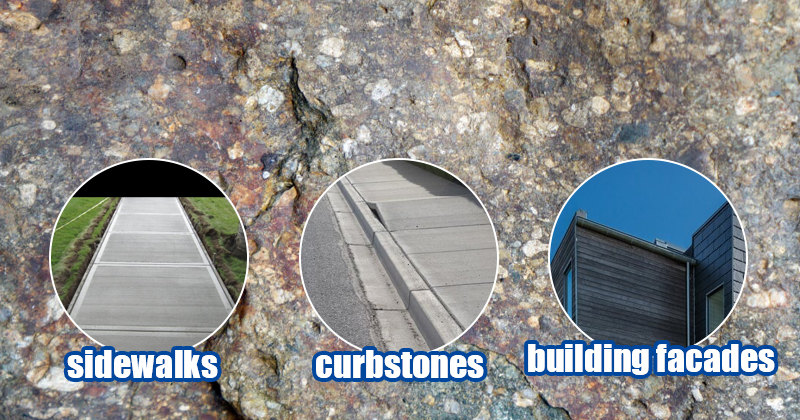Ultimate Guide to Andesite Crushing and Crushing Plants
An overview of andesite and its uses

Andesite sand making process
The first stage: coarse crushing
The second stage: medium crushing
The third stage: sand making
The fourth stage: screening
-
Coarse aggregates (5 mm每10 mm and 10 mm每20 mm) for roads and heavy-duty foundations.
- Fine andesite sand (0 mm每5 mm) for concrete mixes and decorative uses.
Components of a typical andesite crushing plant
1. Traditional/stationary andesite crushing plant
Crusher/Crusher: Ideal for primary crushing, jaw and gyratory crushers handle large chunks of andesite with ease, reducing them to manageable sizes. For instance, if a quarry supplies raw andesite boulders, the jaw crusher starts the process.
Crusher: This is used for crushing softer andesite or creating fine aggregates. Its high-speed impact action ensures uniform particle size.
Crusher: Best for medium-hard andesite, impact crushers deliver excellent shaping. This makes it popular in andesite sand making for construction purposes.
Crusher: Handles secondary crushing and produces aggregates with consistent size. Its precision makes it essential for processing andesite for road construction.
Crusher (Vertical Shaft Impact): This crusher is perfect for fine-crushing and creating andesite sand. This sand making machine is highly efficient for making sand used in decorative concrete and landscaping projects.
Common crusher combinations for andesite crushing:
-
Jaw Crusher + Cone Crusher: Perfect for high-quality aggregates.
- Jaw Crusher + Impact Crusher: Great for shaping and reducing material.
- Hammer Crusher + Sand Making Machine: Best for fine sand production.
- Jaw/Impact Crusher + Vibrating Screen: For on-site crushing and precise size separation.
-
Fine andesite sand is separated for concrete mixes.
- Medium-sized aggregates are used for paving and curbstones.
- Larger pieces are reserved for road bases or landscaping.
2. Mobile andesite crushing plant
Crusher
-
Types Available: Mobile jaw crusher, mobile cone crusher, mobile impact crusher, and mobile hammer crusher.
- Capacity: From 10 t/h to a whopping 650 t/h.
- Applications: Ideal for primary, secondary, and tertiary crushing.
Crusher
-
Types available: Portable jaw crushers, impact crushers, cone crushers, and hammer crushers.
- Maximum feed size: Ranges from 300 mm to 800 mm.
- Capacity: Matches the mobility of tracked crushers, offering 10每650 t/h.
Benefits of mobile andesite crushing plants:
-
Modular and mobile design: Mobile plants feature compact structures with easy transportability. Imagine a highway project needing andesite sand making in a remote area. A mobile plant delivers materials without delays.
- Advanced crushing technology: Mobile units integrate cutting-edge features like VSI crushers for high-quality andesite sand production or cone crushers for precise aggregate gradation.
- Customizable configuration: You can choose from a variety of andesite crushers, including jaw, impact, and cone crushers, tailored to your output needs.
- Reduced operating costs: No need for heavy infrastructure. Mobile plants operate efficiently on uneven terrains, cutting costs significantly.
- Operator safety and environmental sustainability: Equipped with dust suppression systems, mobile plants lower environmental impact and ensure worker safety, a growing concern in mining.
Mobile vs stationary crushing plant: which is better?
Conclusion

